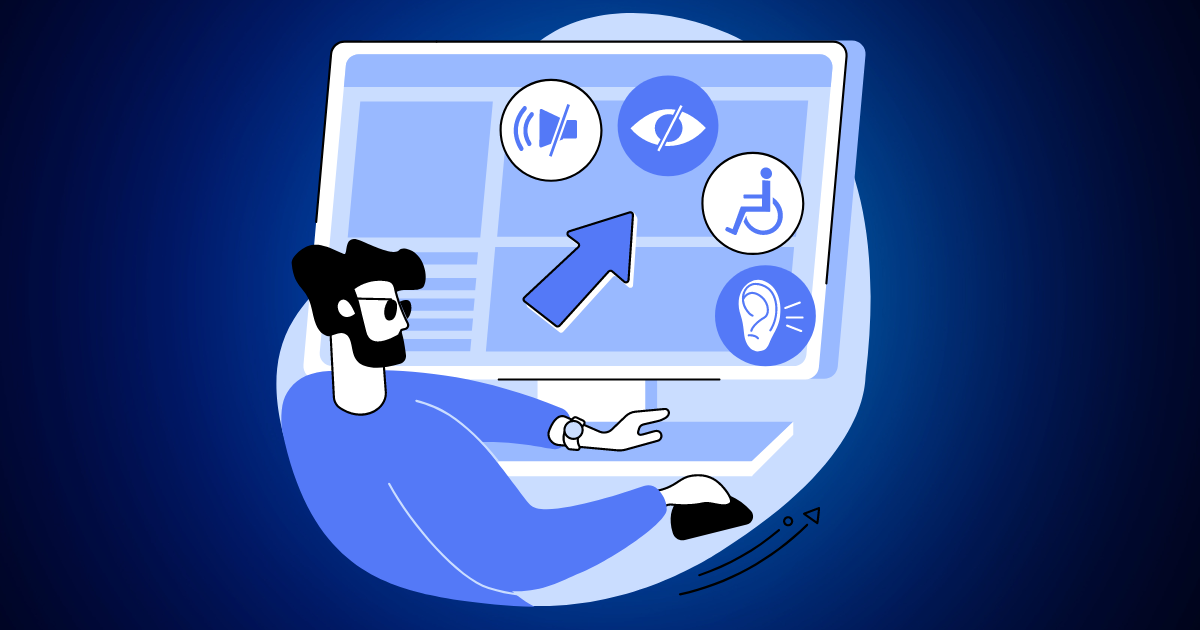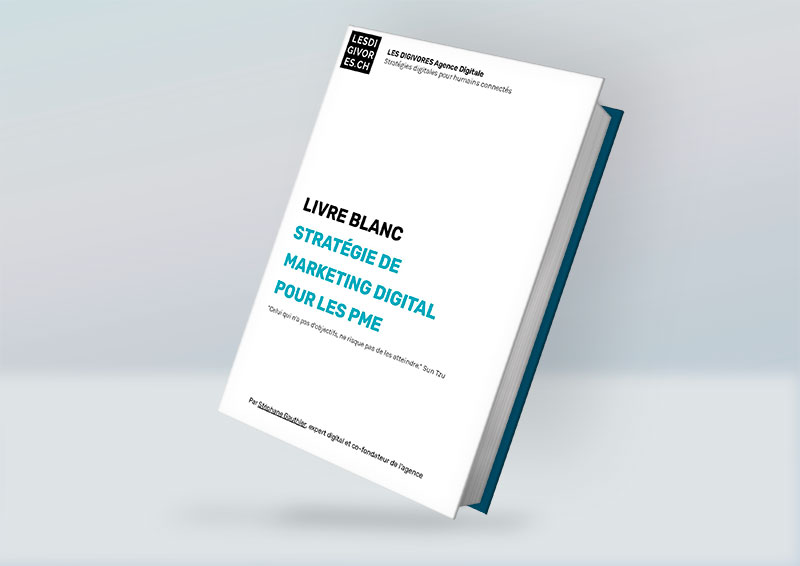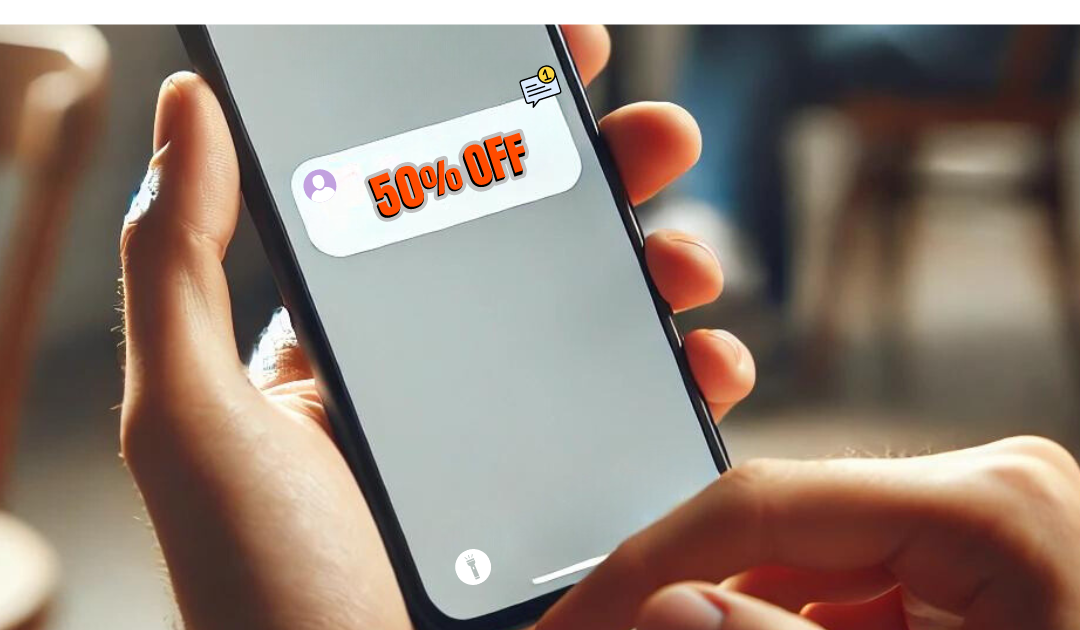How can you make your interfaces accessible to all?

What is inclusive design?
Inclusive design creates products that can be used by as many people as possible. It takes into account everyone’s physical, cognitive and sensory abilities. The aim is to include everyone, including people with temporary limitations. For example, someone with a broken arm or in a noisy environment. Inclusive design seeks to make the user experience positive for everyone.
Why is inclusive design important?
Inclusive design broadens your audience by making your products accessible to all. It helps you comply with current accessibility laws. Good accessibility improves the user experience for everyone. Finally, inclusive design strengthens your company’s brand image by showing that you value inclusion.
Inclusive design principles
To achieve inclusive design, follow these key principles:
a. Perceptibility
Content must be visible and understandable to all. Use high contrast and avoid relying solely on color.
b. Operability
The interface must be usable with a variety of tools, such as a mouse, keyboard or touch screen. Offer alternatives.
c. Understanding
Content should be easy to understand. Use clear language and precise instructions.
d. Robustness
The interface must work on different devices and with different assistive technologies. Test on multiple platforms.
Tools for inclusive design
Here are a few tools to improve the accessibility of your interfaces:
- WAVE: This tool evaluates the accessibility of web pages.
- Color Contrast Analyzer: Checks color contrast for better visibility.
- VoiceOver/NVDA: Test your site with these screen readers to guarantee accessibility for the visually impaired.
Involving users
Inclusivity must be practical, not just theoretical. Have your interfaces tested by users with different limitations. Their feedback will help identify and correct accessibility problems. Their contribution is essential to improving the user experience for all.
Case studies in inclusive design
Companies like Microsoft and Apple have integrated inclusive design into their products. Microsoft offers tools such as the magnifier and narrator to improve accessibility. Apple includes VoiceOver, a screen reader, on all its devices to help visually impaired users. These examples show that inclusivity is possible and beneficial for everyone.





